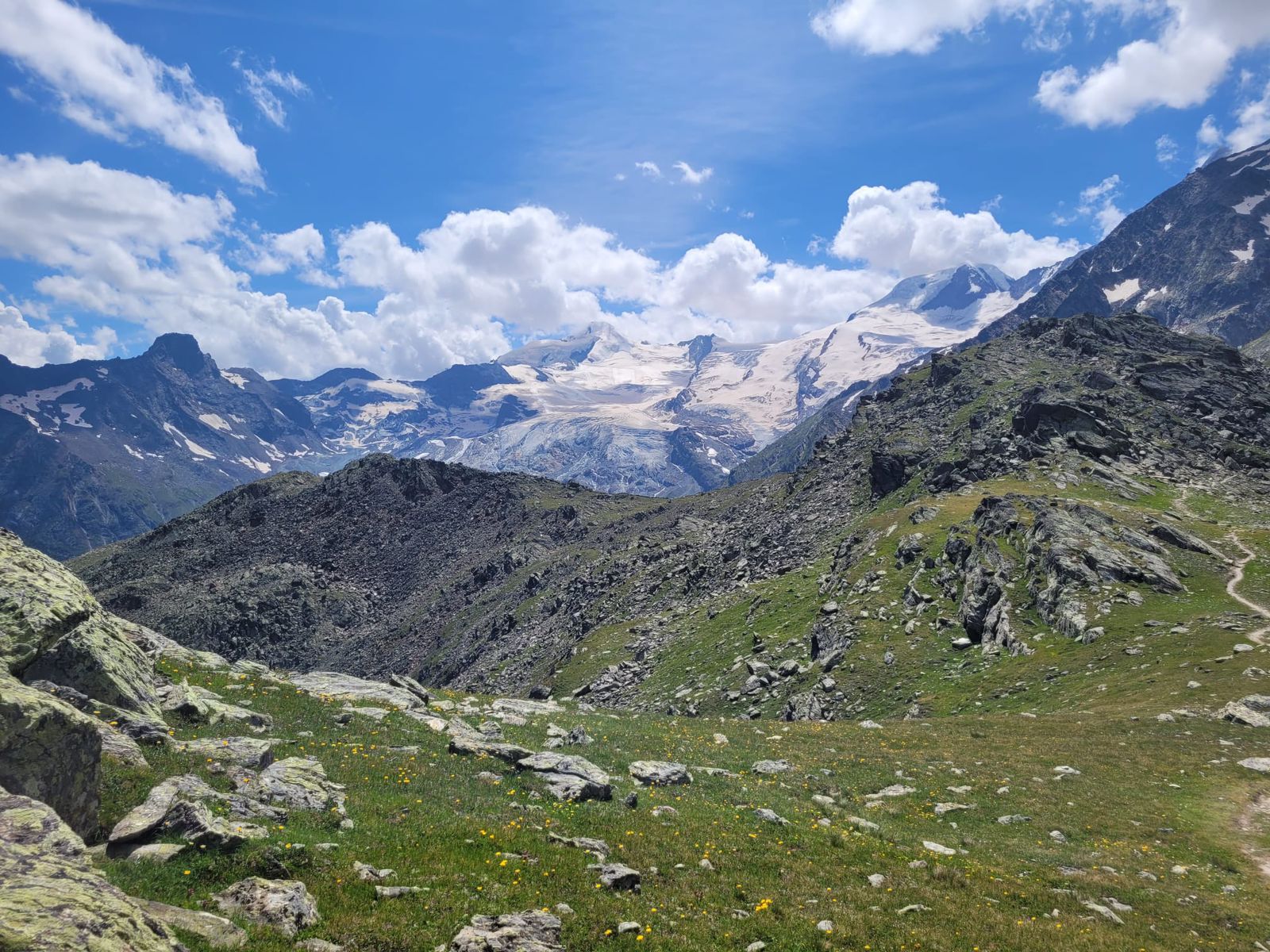What to Pack for the Chogoria Route Hike
Planning a successful hike begins with the right equipment. This comprehensive Mt. Kenya gear checklist is tailored specifically for trekkers taking on Lenana Peak via the Chogoria Route. Whether it’s your first major trek or a seasoned return, packing smart is critical for safety, comfort, and summit success.
The Chogoria route is known for its scenic beauty and varying weather conditions, so your gear must cover all terrain and climate possibilities. This guide breaks down what to bring, why you need it, and how to keep your load efficient—especially with porter weight limits in mind. Let’s gear you up for Mt. Kenya the right way.

Essential Head Gear for High Altitude
Your head and face need special protection on Mt. Kenya’s exposed slopes. Here’s what to pack:
- Brimmed Hat – Blocks UV rays and protects your neck and face from sunburn.
- Knit Hat – Keeps you warm in freezing early mornings and nights.
- Balaclava, Buff or Scarf – Shields your face from wind chill and dust while providing breathable warmth.
Packing the Right Bags and Sleeping Essentials
Smart packing helps porters and ensures your personal gear stays organized:
- Duffle Bag (70–90L) – Main bag carried by porters, waterproof and durable.
- Daypack (30–35L) – Carried by you; holds water, snacks, rain gear, and essentials.
- Sleeping Bag (4-season) – Insulated for sub-zero temperatures at high-altitude camps.
- Sleeping Mat (Optional) – Adds extra padding and insulation; usually provided on guided hikes.
Layered Clothing: Stay Warm and Dry
Layering is key for adjusting to Mt. Kenya’s changing weather. Here’s what you need:
- Base Layers – Moisture-wicking thermals for day and night warmth.
- Fleece Tops and Pants – Ideal for evenings at camp.
- Insulated Down Jacket – Lightweight but critical for summit night temperatures.
- Softshell and Waterproof Jackets – Protects against rain, wind, and snow.
- Hiking Pants and Waterproof Overpants – Durable and breathable with layering flexibility.
- Quick-Dry Shirts – Short and long sleeves for sun or cold protection.
- Underwear and Sports Bras – Choose breathable, moisture-wicking materials.
Footwear, Handwear, and Accessories
Your hands and feet need extra attention—cold and blisters can end your hike early:
- Hiking Boots – Waterproof, broken-in, and ankle-supportive.
- Camp Shoes – Comfortable option for evenings at base camps.
- Wool or Synthetic Hiking Socks (x4) – Avoids blisters and keeps feet dry.
- Warm Gloves + Thin Inner Gloves – Combats wind and frostbite.
- Gaiters (Optional) – Keeps mud, rocks, and snow out of boots.
- Trekking Poles – Reduce knee strain and increase stability on steep sections.
Other must-have accessories:
- Sunglasses (UV protected) – Prevents snow blindness and eye fatigue.
- Headlamp with Spare Batteries – Vital for early summit pushes.
- Water Bottles (2L total) or Hydration Bladder – Hydration is crucial at altitude.
- Lip Balm & Sunscreen – Prevents cracking and sunburn in dry air.
Toiletries, First Aid, and Personal Items
Stay fresh and safe with these hygiene and health essentials:
- Toilet Paper, Soap, Toothbrush & Quick-Dry Towel – Camp hygiene basics.
- Hand Sanitizer & Wet Wipes – For quick cleaning without water.
- Painkillers & Rehydration Salts – Useful for altitude headaches and fatigue.
- Diamox (Optional) – Consult your doctor before use for altitude sickness prevention.
- Snacks & Electrolytes – Lightweight, high-energy fuel to supplement meals.
- Blister Pads & Imodium – Fix hot spots and stomach upsets fast.
Electronics, Paperwork, and Final Tips
Some extras can make your trip smoother:
- Power Bank or Solar Charger – Power options are limited on the trail.
- Camera – Capture the scenic lakes, valleys, and snowcapped peaks.
- ID/Passport + Emergency Contacts – Required for registration and emergencies.
- Cash for Tips and Extras – Some trail shops or camps only accept cash.
Pro tip: Porters are limited to 15kg per duffle. Pack smart, skip the excess, and use stuff sacks or dry bags to organize gear by category and weather readiness.
Final Word: Prepare Early, Hike Confidently
This Mt. Kenya gear checklist was created with Cushy Adventures hikers in mind—designed for practicality, clarity, and real mountain conditions. By packing purposefully, you increase your comfort, safety, and chances of standing proudly at Lenana Peak.
Have questions about any item on the list? Need help shopping? Visit our gear outlet or reach out to our team for recommendations. Your Mt. Kenya adventure begins with preparation—and we’re here to walk with you every step of the way.

